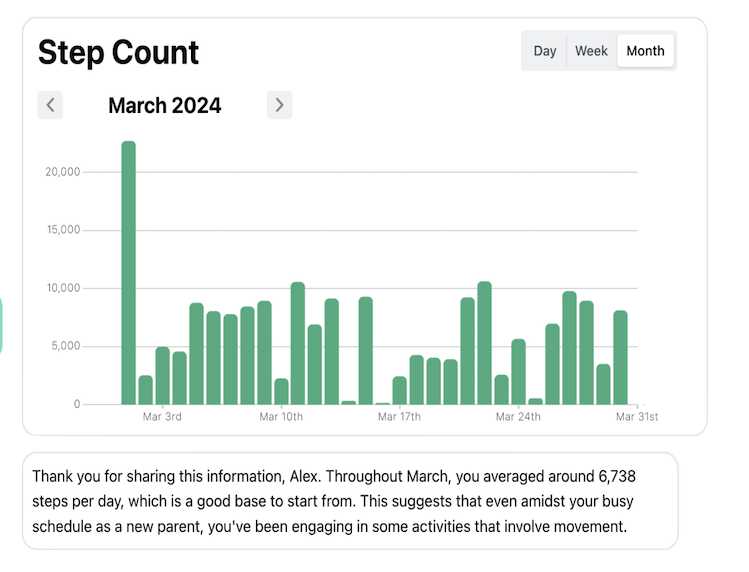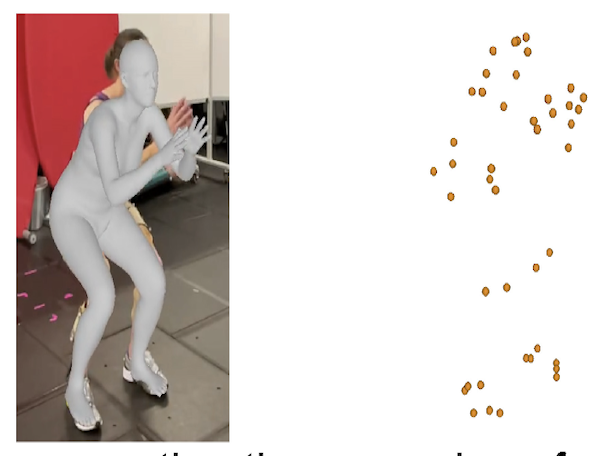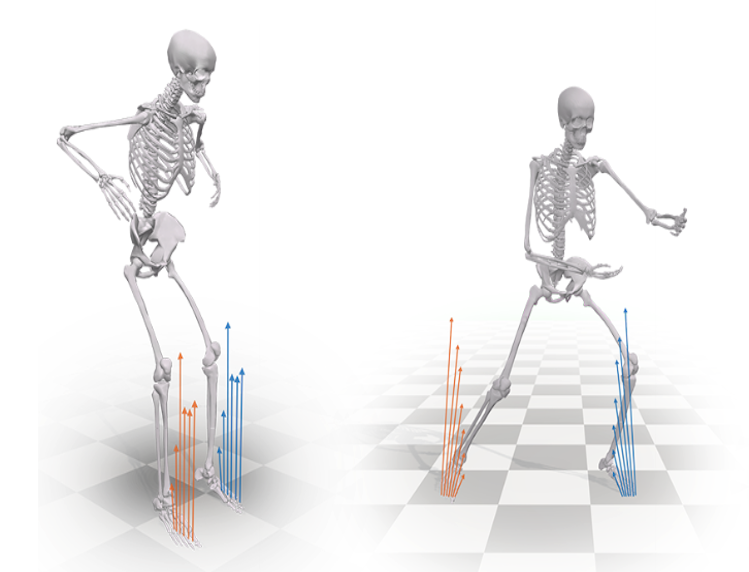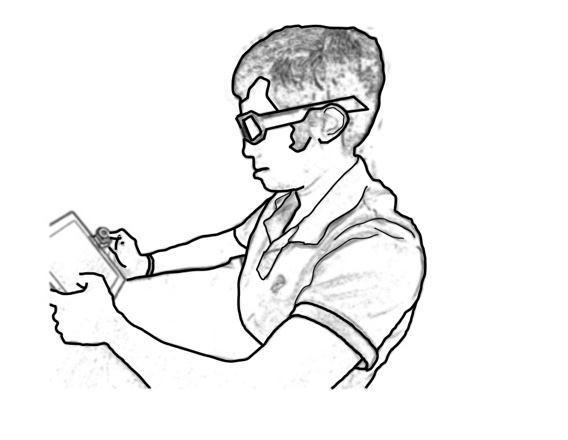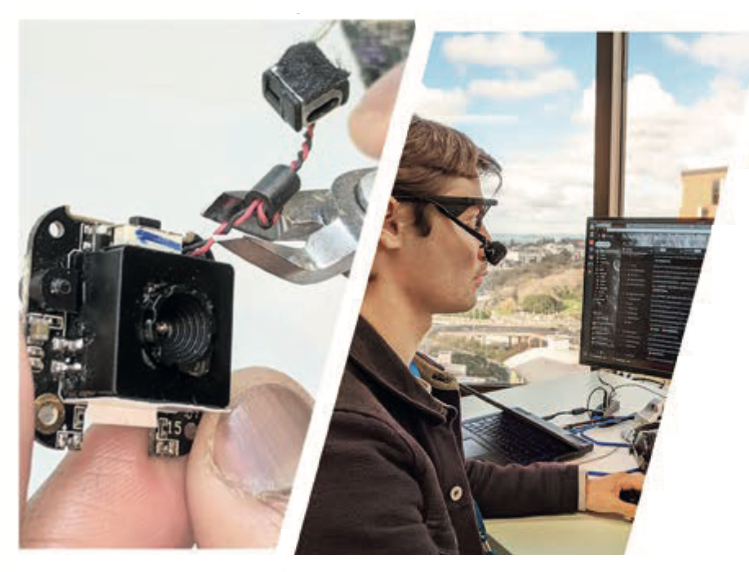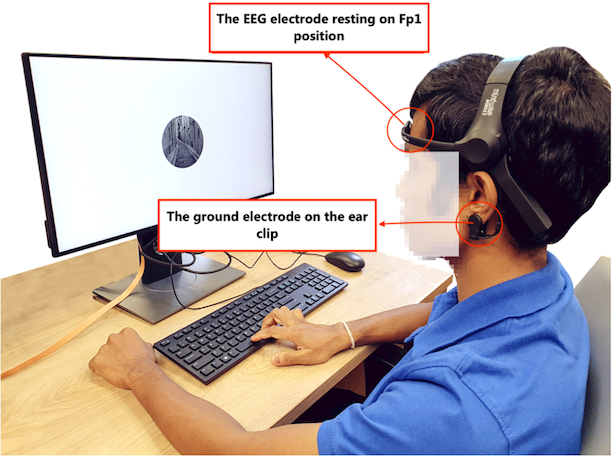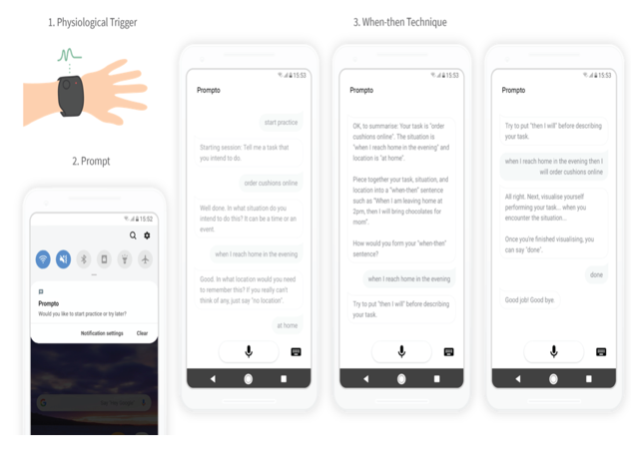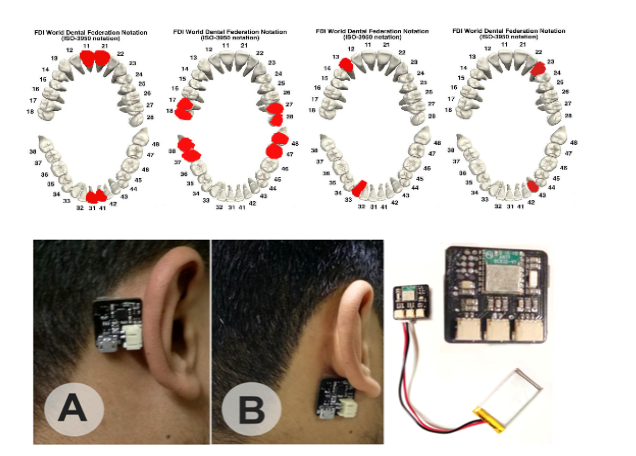Shardul Sapkota
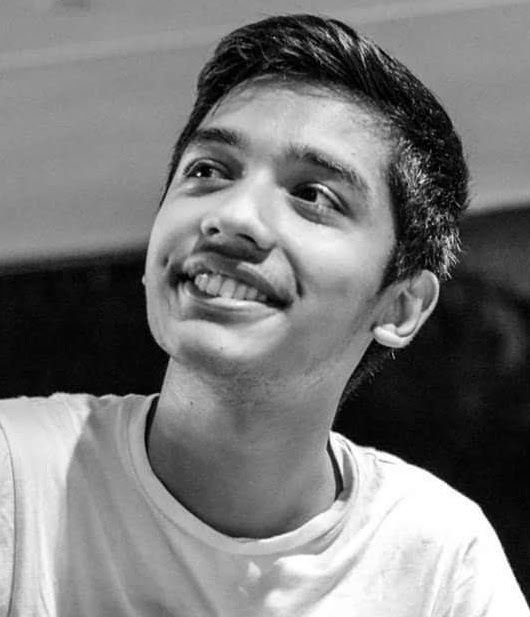
I am a second year Computer Science PhD student at Stanford University, where I am advised by Professors James Landay and Scott Delp.
My research focuses on designing sensing systems and interfaces for health and wellbeing. I am currently working on developing new approaches to unobtrusively monitor health by understanding how people interact with their everyday environment (e.g., using computer vision to perform fall risk assessment).
Before Stanford, I was a Senior Machine Learning Engineer at Shopee, where I worked with the team responsible for training neural networks for its advertisement and recommender systems. Prior to joining Shopee, I was fortunate to have been able to study and conduct research on Human-Computer Interaction at the NUS-HCI Lab with Professor Shengdong Zhao, the Augmented Human Lab (Auckland Bioengineering Institute) with Professor Suranga Nanayakkara, and the Fluid Interfaces Group (MIT Media Lab) with Tomás Vega. I received my undergraduate degree from Yale-NUS College, where my thesis focused on using physiological signals to detect changes in people’s attentional states in real-time.
